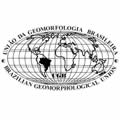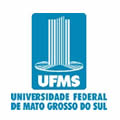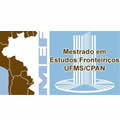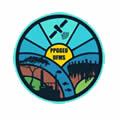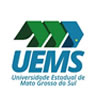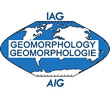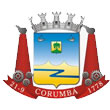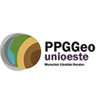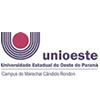Autores
- LORETO ANTONUNEDEmail: lanton@ccia.uned.es
- SILVIA MARTIN-VELAZQUEZURJCEmail: silvia.martin@urjc.es
- NIEVES SANCHEZIGME-CSICEmail: n.sanchez@igme.es
Resumo
In active volcanic areas lava flows repeatedly cover the ground and build new land. However, when a volcanic eruption take place in populated areas, as recently occurred at La Palma Island, the quantitative understanding of factors controlling the lava flow emplacement is critical for hazard assessment and mitigation.
La Palma is an active volcanic island, located at the north-western end of the Canary Islands. On 19 September 2021, a new volcanic eruption started from the SW flank, at Cumbre Vieja volcano. During the 85 days that the eruption was active, the initial erupting fissure progressed into a cone-building phase characterized by strombolian activity, lava effusion, lava fountaining, ash venting and gas jetting. The final eruptive structure consists of a 187 m high new scoria cone of about 1,120 m a.s.l. The effusive and explosive activity built a lava flow field of ∼12 km2, extended toward the western sector of the island. The total volume of lava erupted was estimated in 200 million m3.
Although estimating advance rates is an important aspect of hazard assessment, current hazard assessments for lava flows in volcanic areas mostly focus on predicting flow paths and lava inundation areas. Pre-existing topography is a key factor in most lava flow emplacement models. However, as observed in La Palma, lava flow paths are complex. Natural flows, may be emplaced through a complex sequence of advancing and inflating lobes, eventually forming compound flow fields.
The present work analyses the lava flows from La Palma 2021 volcanic eruption and the influence of pre-flow topography on lava flow emplacement and morphology. Data on the eruptive phases and the spatial distribution of eruptive products over area of interest allow the study of real lava flow paths. The comparison of selected real and modelled flow paths allows the analysis of divergences linked with factors related to the emplacement conditions of the lava flows such as the pre-existing topography.
Palavras chaves
La Palma 2021 eruption; lava flow paths; pre-flow topography

